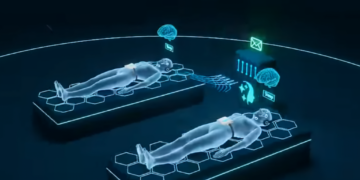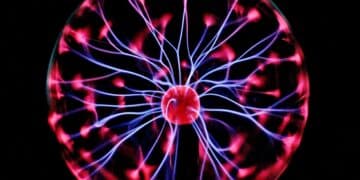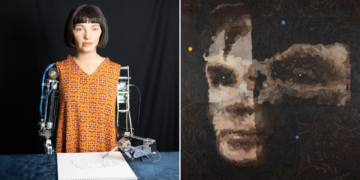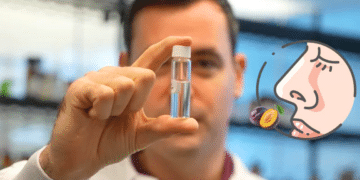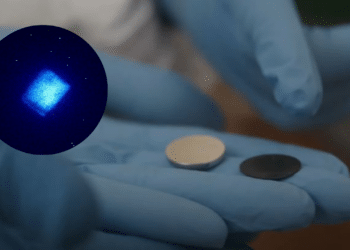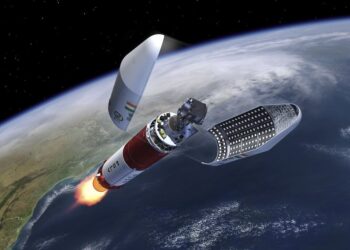Alessandro Volta , born in Como on February 18, 1745, was an Italian physicist known for his important studies on electricity and for the invention of the battery, the first artificial generator of electricity.
Professor of Physics at the Royal School of Como in 1775 his interest in electricity led him to improve the electrohole, a device used to generate static electricity.
In 1791, following numerous experiments, Luigi Galvani declared the discovery of a new form of electricity found in living tissue, “animal Electricity”, electric current generated by the contact of two different metals with the muscle of A frog.
Second time the frog was limited to conducting the current that flowed between the two metals, calling it “metallic electricity”.
He began experimenting in 1792 with his theory, with tests that excluded the muscles and only anticipated metals.
During an experiment, for example, where he placed several metal discs on his tongue, he detected a faint flow of electricity.
Animal tissue was not necessary to produce a current, so they started experimenting for the creation of an autonomous generator of electricity!
On 20 March 1799 Volta officially announced the invention of the first electric battery, sending an accurate letter of presentation to the President of the Royal Society.
The time stack consists of the chemical reaction generated by a series of alternating zinc and silver (or copper and tin) discs, separated by paper or a cloth soaked in salted water. An electrical wire connected to the two ends allowed the electric current to be drawn.
His invention quickly led to awave of experiments on electricity.
Six weeks after the announcement of Volta, British scientists William Nicholson and Anthony Carlisle used an voltaic battery to decompose the water into hydrogen and oxygen, thus discovering electrolysis and creating the field of electrochemistry.
In 1801 in Paris, Volta had the opportunity to demonstrate the operation of his stack to Napoleon Bonaparte, which made him an earl and a senator of the Kingdom of Lombardy.
Even today theunit of measure of electric current is called Volt all over the world, to honor the inventor who contributed to the progress of his company, projecting it into the future.










